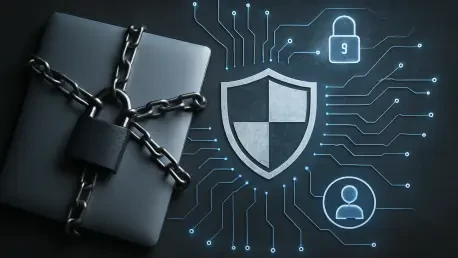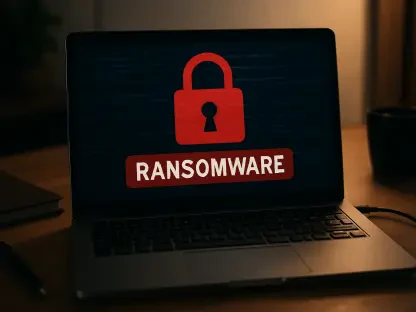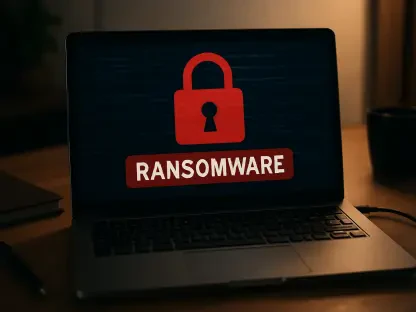I’m thrilled to sit down with Rupert Marais, our in-house security specialist with a wealth of expertise in endpoint and device security, cybersecurity strategies, and network management. Today, we’re diving into the high-profile case of Davis Lu, a software engineer who sabotaged his former employer’s systems, leading to significant financial losses and worldwide user impact. In this interview, we’ll explore the motivations behind such destructive actions, the technical details of the malicious code, the broader implications for cybersecurity, and the legal consequences that followed. Let’s get started with Rupert’s insights on this fascinating yet cautionary tale.
Can you walk us through Davis Lu’s background and his role at the company in Beachwood, Ohio?
Sure, Davis Lu was a software engineer at a company headquartered in Beachwood, Ohio, where he worked for over a decade, from November 2007 to October 2019. As a software engineer, he likely contributed to developing and maintaining critical systems, which gave him deep access to the company’s infrastructure. That kind of role comes with significant trust, as engineers often handle sensitive data and system configurations. His long tenure suggests he was well-versed in the company’s operations, which unfortunately made his later actions all the more damaging.
What changes in his role at the company seemed to trigger his destructive behavior?
In 2018, the company underwent a corporate realignment, which led to a restriction of Lu’s responsibilities and system access. This kind of change can be frustrating for employees, especially if they feel demoted or undervalued after years of service. It appears that this shift was a turning point for Lu, as court documents indicate he started sabotaging the network shortly after. It’s not uncommon in cybersecurity to see insider threats emerge from dissatisfaction or perceived slights, and this seems to fit that pattern.
Can you explain the kind of malicious code he installed and how it disrupted the company’s systems?
Absolutely. By August 2019, Lu had installed malicious code that was designed to exhaust system resources. Specifically, it created Java threads in infinite loops without proper termination, which caused server hangs and crashes. This also prevented users from logging in, effectively locking them out of critical systems. It’s a clever but destructive approach—overloading a system like this can bring operations to a grinding halt, and it’s often hard to pinpoint the root cause without deep forensic analysis.
Beyond the malicious code, what other harmful actions did he take against the company’s infrastructure?
Lu went further by deleting coworker profile files, which likely disrupted internal workflows and access for other employees. He also created a so-called ‘kill switch’ named ‘IsDLEnabledinAD,’ which stood for ‘Is Davis Lu Enabled in Active Directory.’ This mechanism was designed to log all users out of their accounts the moment his own credentials were disabled. It’s a particularly spiteful move, showing premeditation to cause maximum disruption if he was ever cut off from the system.
How did his behavior escalate when he was placed on leave from the company?
When Lu was placed on leave and asked to turn in his laptop, his actions became even more blatant. On that very day, he deleted encrypted data, which could have been critical to the company’s operations or security. Additionally, court documents revealed he was searching online for ways to escalate privileges, delete files, and hide processes. These searches suggest he was actively looking for methods to cause further damage and cover his tracks, indicating a clear intent to hinder any recovery efforts by the company.
What was the scale of the impact his sabotage had on the company and its users?
The impact was massive. Thousands of users worldwide were affected by the system crashes and login issues, which likely disrupted business operations on a global scale. Financially, the company suffered hundreds of thousands of dollars in losses, which would include costs for system recovery, downtime, and potentially lost business. It’s a stark reminder of how insider threats can have far-reaching consequences, not just for a company but for its entire user base.
Can you shed light on the legal consequences he faced as a result of his actions?
Certainly. Lu was convicted in March, and he was sentenced to four years in prison, followed by three years of supervised release. This kind of sentence sends a strong message about the seriousness of cybercrime, especially when it involves insider sabotage. The prison time reflects the severity of the damage, while the supervised release ensures he’ll be monitored afterward to prevent further malicious activity. It’s a significant personal consequence for him, likely impacting his career and life for years to come.
How does this case stack up against other insider threat or cybercrime incidents you’ve come across?
This case stands out due to the personal nature of the sabotage and the level of premeditation involved, like naming the kill switch after himself. Compared to other insider threat cases, where motives might be financial gain or espionage, Lu’s actions seem driven by resentment or revenge after the corporate realignment. It’s also notable for the technical sophistication—using infinite loops and kill switches isn’t something just anyone can pull off. In contrast to external hacking cases, insider threats like this are harder to predict and prevent because the perpetrator already has legitimate access and deep knowledge of the systems.
What’s your forecast for the future of insider threats in cybersecurity, given cases like this one?
I think insider threats will continue to be a major challenge for organizations, especially as workplaces evolve with remote work and complex corporate structures. Cases like Lu’s highlight the need for robust access controls, regular monitoring of employee behavior on systems, and fostering a positive work environment to minimize resentment. Technology-wise, we’ll likely see more investment in behavioral analytics and AI to detect unusual activity early on. But at the end of the day, it’s a human problem as much as a technical one, and companies will need to balance security with trust to prevent these kinds of incidents from escalating in the future.









